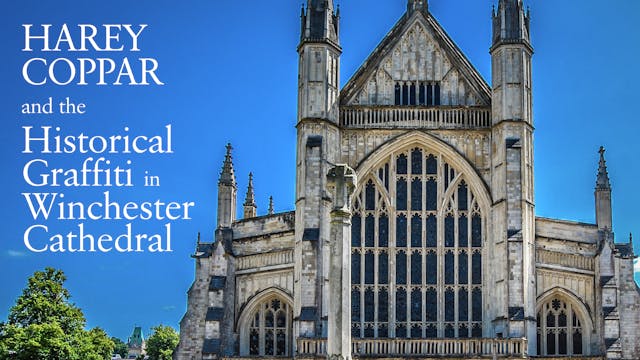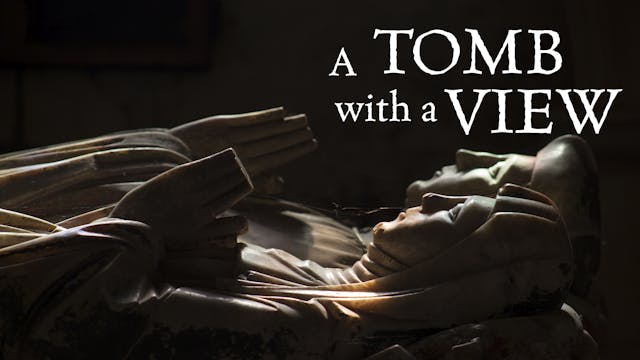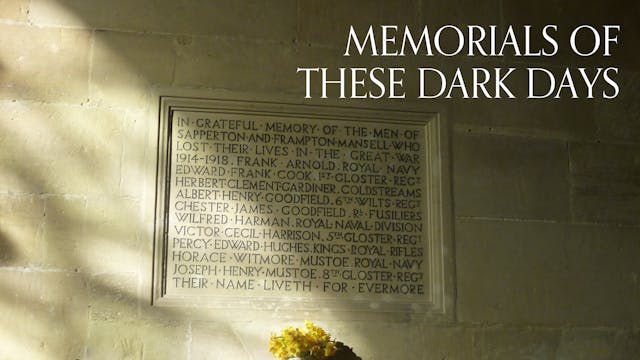Martin Travers and the Back to Baroque Movement
Art
•
54m
Martin Travers (1886-1948) was one of the leading church furnishers and stained glass artists of his generation.
His personal life was complicated but he managed to attract a primarily Anglo-Catholic clientele, particularly in the years after the First World War (when church furnishers were busy as never before or since) even though he was married to a divorcée and had lost his faith (or most of it) during the First World War. He also designed a very large number of memorials to those lost during the War when he himself had been a conscientious objector.
As time went on, his work broadened and the Back to Baroque Movement, which had begun about 1911 as an attempt to make the Church of England look less Anglican and more like the Counter-Reformation, ran its course. Perhaps because of his personal life and his association with Anglican Papalists, he did not receive the prestigious commissions which his talent merited. Then, shortly before his death, he was commissioned by HM the Queen to design an altar set for Jersey to commemorate its liberation. He was also asked to prepare a scheme for the enormous east window in the lady chapel of Ely Cathedral, but his design, which would have crowned his career, was shamefully rejected.
Michael Yelton has visited virtually every piece of work by Travers in this country and some of the few abroad. He has written a comprehensive book on him, entitled Martin Travers: His Life and Work, which was published by Spire Books in 2016.
Image: Madonna and Child, Martin Travers by Fr James Bradley (FlickR) (CC BY 2.0)
Up Next in Art
-
Harey Coppar and the Historical Graff...
Winchester Cathedral has a large amount of historical graffiti across all areas of this building, now nearly 1,000 years old. A survey and photographic record of this graffiti can be analysed to help an understanding of how this building has been used and viewed across the centuries by people who...
-
A Tomb with a View
View and learn about some of the most famous images of Death. Discover how they came about and how they worked, looking especially at Christian attitudes to the body, the role of fear, and the way art itself comes up with ideas.
This talk is given by Professor Paul Binski FBA. He is Professor of...
-
Memorials of The Darks Days: Arts and...
The First World War saw an outpouring of grief like nothing England had seen before. Most communities had lost people, and all wanted a lasting memorial to those who were gone. It brought art to the forefront of the British public’s mind, and was thus a business opportunity like no other for arch...



